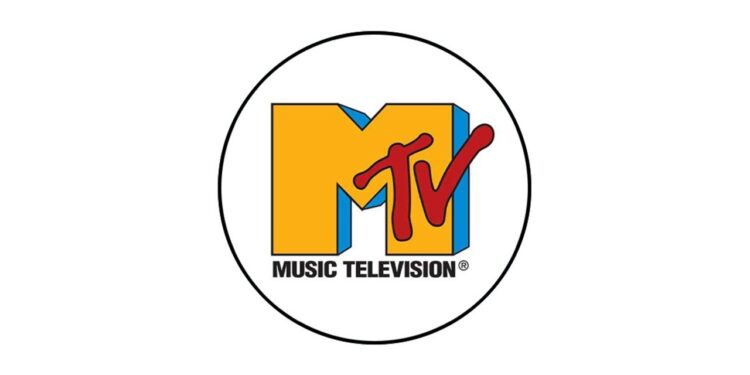Launched in 1981 with the prophetic words “Ladies and gentlemen, rock and roll,” MTV revolutionised the music industry, only to slowly lose its cultural dominance in the decades that followed. As the channel turns 44, its legacy continues to divide opinion across the media and entertainment landscape.
A cultural earthquake
When MTV debuted on 1 August 1981, it offered something radically new: a 24-hour cable channel dedicated exclusively to music videos. It quickly transformed how artists connected with fans and how songs were promoted. Iconic videos from Michael Jackson, Madonna, and Prince didn’t just support album sales — they created global stars and altered fashion, dance, and social attitudes.
The channel’s innovative blend of music, youth culture, and stylised visuals made it a cultural juggernaut throughout the 1980s and early 1990s. It spawned an entire generation of VJs (video jockeys), launched the Video Music Awards, and became the primary marketing platform for artists, influencing both radio airplay and record store sales.
Shifting focus and declining influence
By the mid-1990s, MTV began shifting away from music videos in favour of reality television, talk shows, and scripted content. “The Real World,” launched in 1992, paved the way for a flood of reality programming. While ratings initially soared, critics argued the brand was losing its original identity. By the early 2000s, music videos had largely disappeared from the main channel, prompting backlash from long-time viewers and musicians alike.
This pivot was, in part, a response to the rise of digital platforms. With the internet, fans no longer needed to wait for scheduled broadcasts to watch videos — they could find them instantly online. MTV’s reactive programming strategy helped it stay afloat, but the cost was relevance. YouTube’s arrival in 2005 would all but complete MTV’s disintermediation from music content.
Financial structure and ownership
MTV is owned by Paramount Global (formerly ViacomCBS), which has maintained the brand as part of its global media portfolio. Although the flagship channel’s impact has faded, MTV still operates internationally, with over 180 channels across six continents. These regional variants vary significantly in format and often retain more music-focused programming.
Financially, MTV shifted from an advertising-led model based on music content to broader revenue sources, including syndication, streaming rights, and licensing. This diversification, while profitable in the short term, diluted the brand’s core value proposition and alienated a demographic that had once been fiercely loyal.
A legacy both celebrated and questioned
MTV’s impact on music, fashion, and media is indisputable. It reshaped pop culture in the late 20th century, introduced global audiences to genres like hip-hop and grunge, and democratised visual storytelling for a generation of artists. But for many, it also symbolises how corporate entertainment drifted away from artistry in favour of monetised spectacle.
As it turns 44, MTV exists more as a brand than a cultural force. For a younger audience raised on streaming platforms, the idea of waiting for a music video to air on television is an anachronism. Yet nostalgia persists — and so does the influence of a channel that, at its peak, didn’t just play music videos but defined the times.
REFH – Newshub, 1 August 2025



Recent Comments